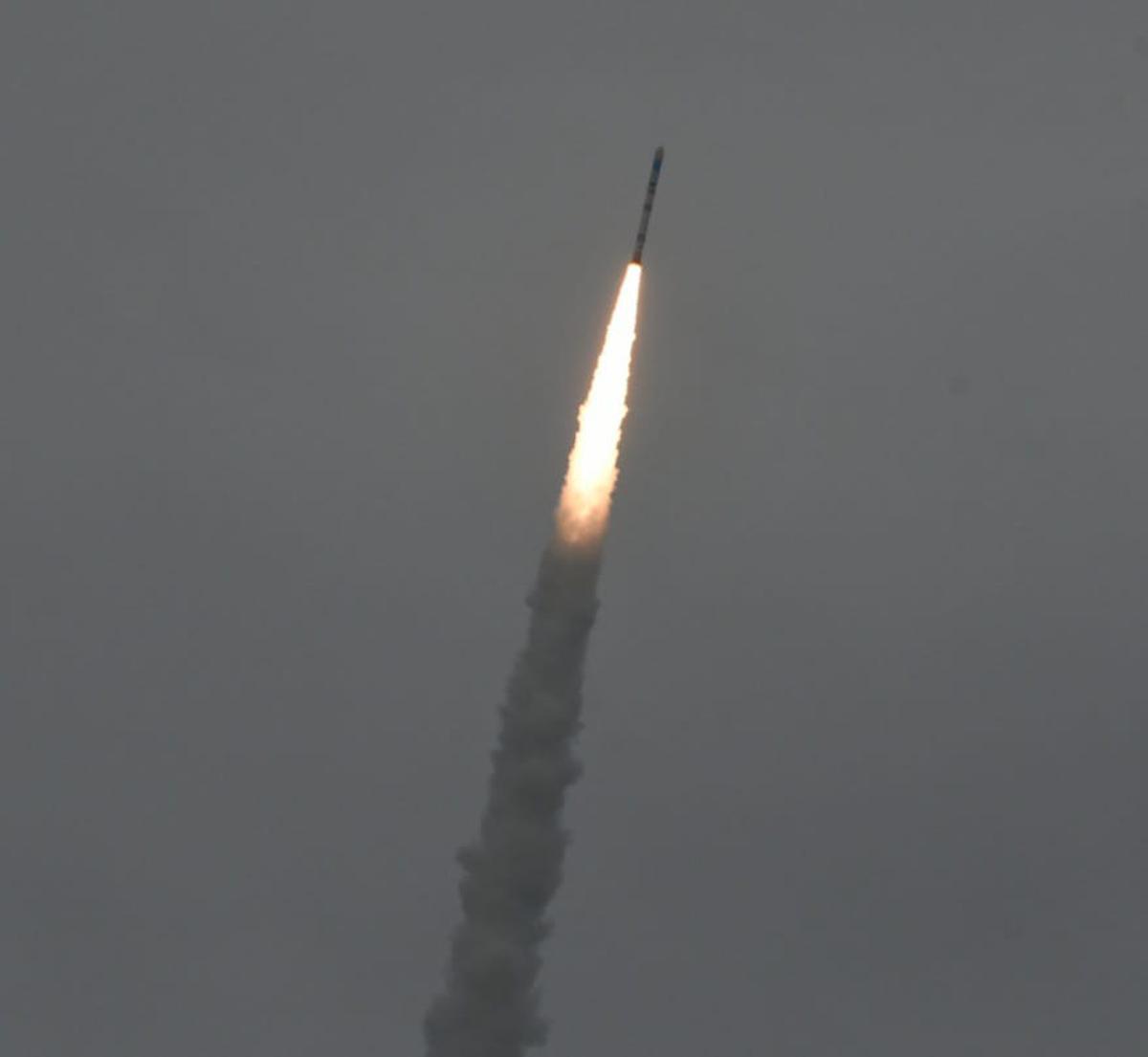The Indian Space Research Organisation (ISRO) has made significant strides in the Gaganyaan human spaceflight program, marking a successful test of the Gaganyaan Service Module Propulsion System (SMPS) at its Propulsion Complex in Tamil Nadu.
According to ISRO, the test involved five liquid apogee motor (LAM) engines with a thrust of 440 Newton (N) and 16 reaction control system (RCS) thrusters with a thrust of 100 N. The Gaganyaan mission aims to send a three-member crew into an orbit of 400 km for three days before returning safely to Earth, landing in Indian sea waters.
The Service Module (SM) of Gaganyaan, featuring a regulated bi-propellant propulsion system, facilitates multiple orbital requirements, including orbit injection, circularisation, on-orbit control, de-boost manoeuvring and possible abort scenarios during the ascent phase. The 440 N LAM engines and RCS thrusters function as the main propulsion system and provide precise attitude correction, respectively.
In this test, the System Demonstration Model (SDM) replicated the fluid circuit of the Service Module Propulsion System, which included the propellant tank feed system, helium pressurisation system, flight-qualified thrusters, and control components. The first hot test of the Phase-2 test series showcased the integrated performance of the Gaganyaan SMPS.



